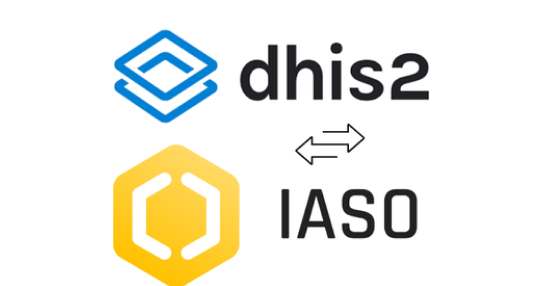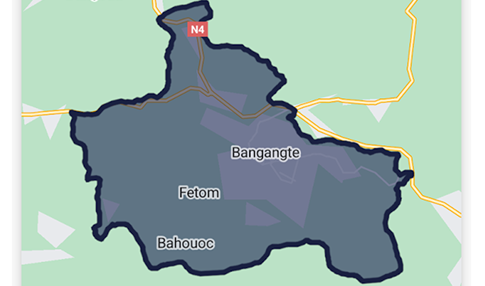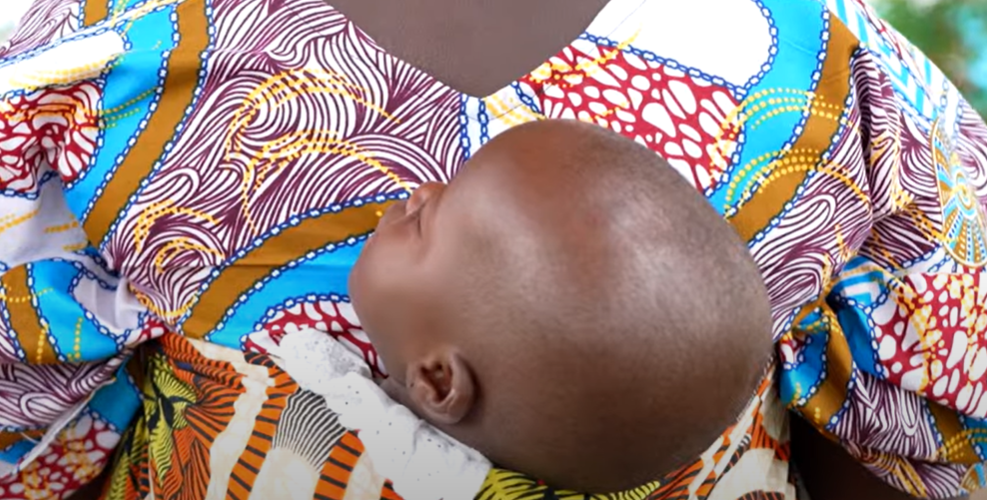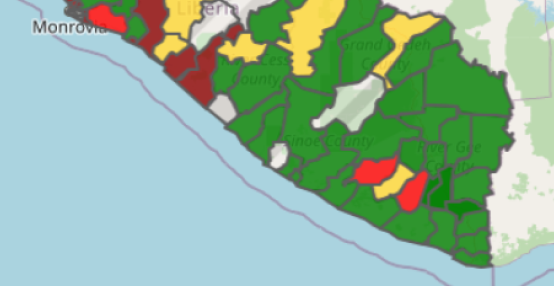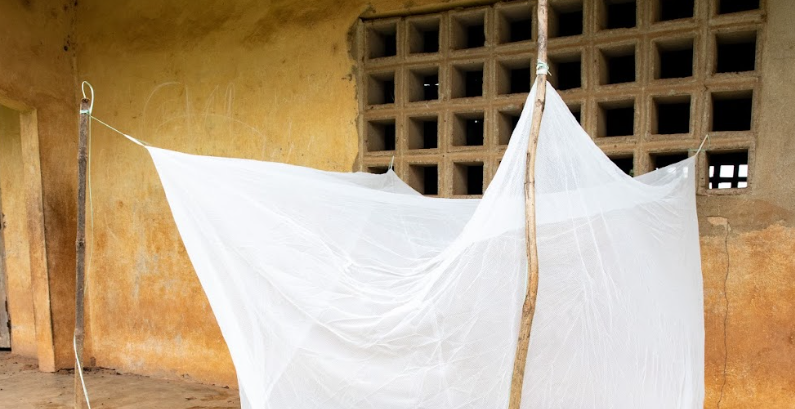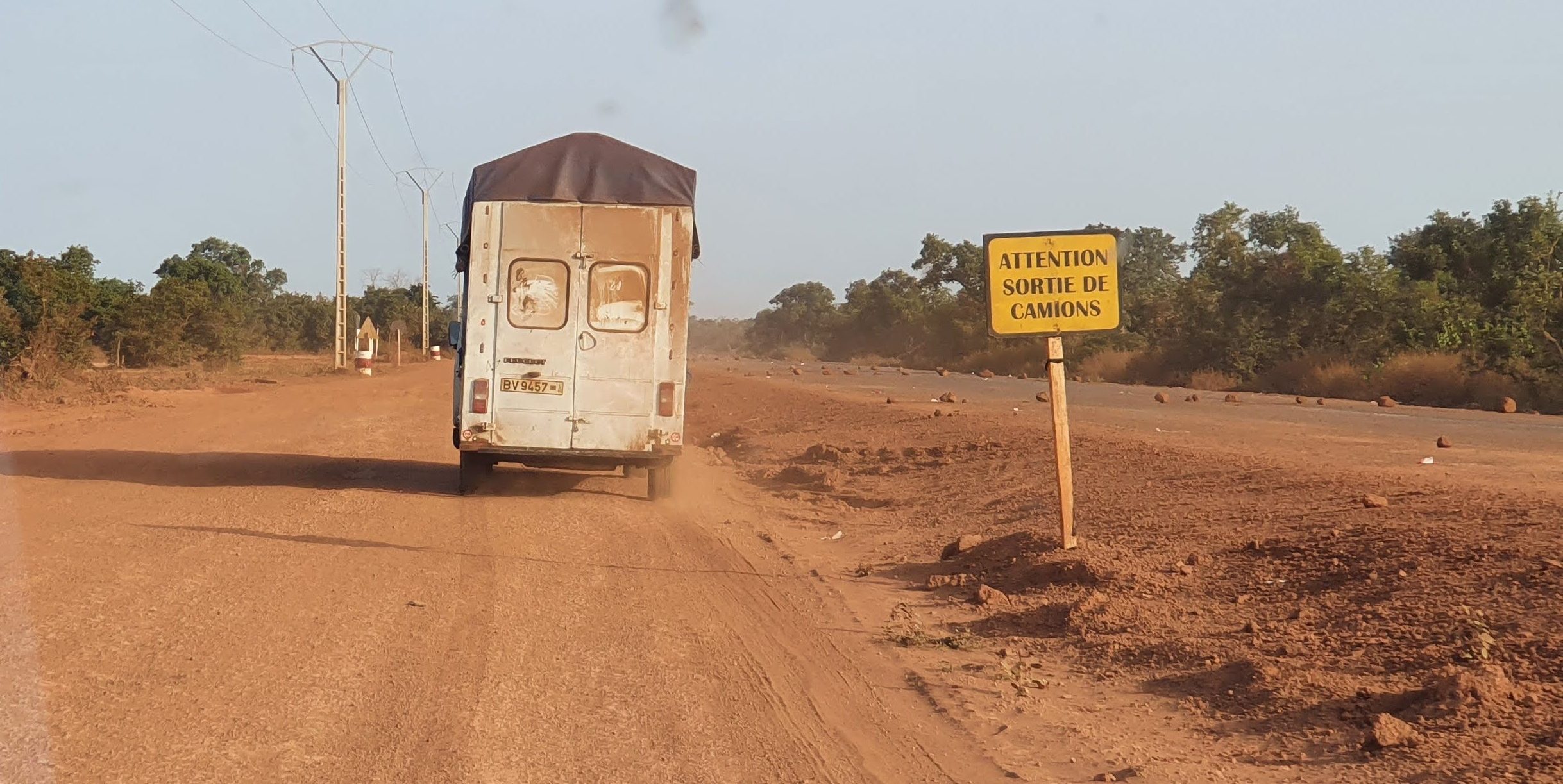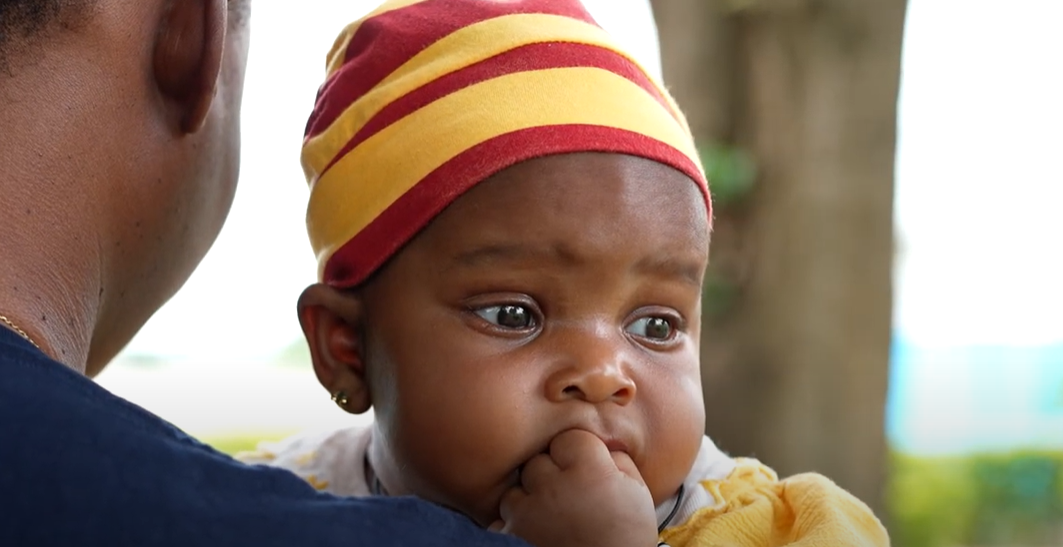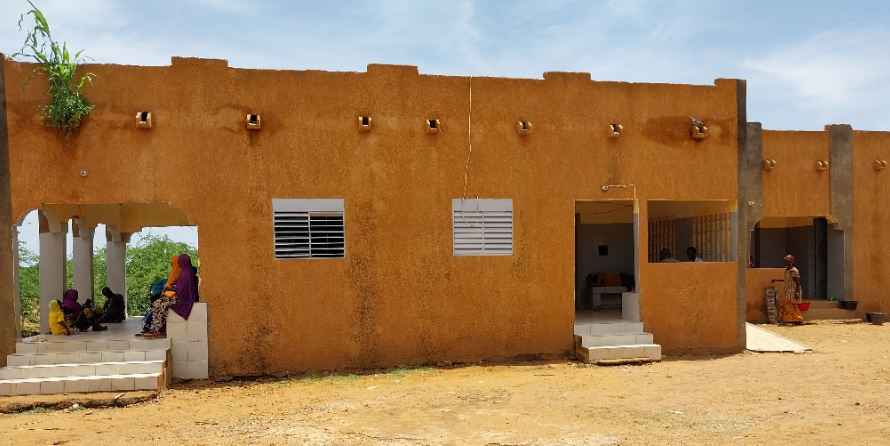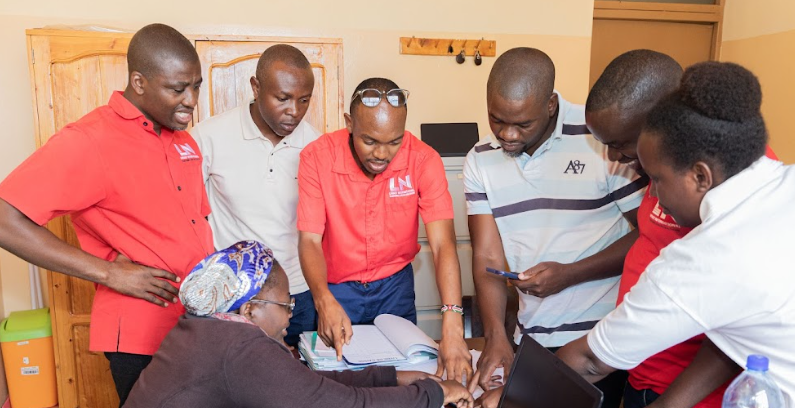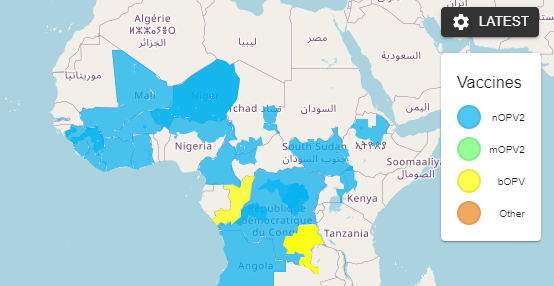The Democratic Republic of Congo (DRC) is a vast country where updating and managing geographic data for the health system poses a major challenge. The National Health Information System Directorate (DSNIS) manages this data within DHIS2, but the platform alone cannot address all issues related to validation, control, and coordination of geographic data. To overcome these challenges, DSNIS turned to IASO, the open-source georegistry software developed by Bluesquare, as part of the USAID PROSANI project.
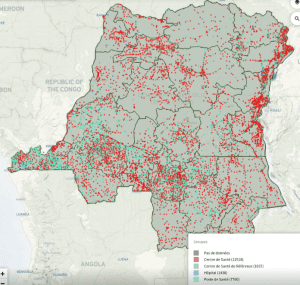
The challenges faced by DSNIS
Managing the data of the health system pyramid in the DRC involves several critical issues:
-
The need to validate data collected in the field to ensure its accuracy.
-
The need to control data entry to avoid errors or inappropriate modifications.
-
The coordination of various geographic data sources to ensure optimal consistency.
-
The need to organize large-scale data collection by delegating responsibilities across different levels of the health system pyramid.
IASO: a key tool for updating the health system pyramid
Thanks to its integration with DHIS2 and its advanced features, IASO provides a solution tailored to the specific needs of DSNIS. The project enhanced IASO with additional features to facilitate the update of the country’s health system pyramid.
The main improvements developed include:
-
Creation of change requests via the mobile app: users can submit updates to organizational units and their reference data (population, equipment, etc.) through a fully customizable setup.
-
Control of editable fields: supervisors can ensure that only specific data can be updated (e.g., name, opening/closing date, geographic location, associated groups or reference forms), preventing users from modifying sensitive information.
-
Web-based validation of changes: a before/after comparison screen allows managers to ensure consistency before final approval in IASO.
-
Management of rejected change requests: supervisors can send comments explaining rejections, which users receive directly in the IASO mobile app, allowing them to correct and resubmit the request.

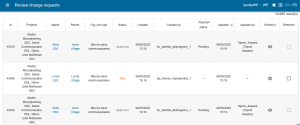
Two-way synchronization with DHIS2
IASO not only facilitates the collection and updating of geographic data but also allows seamless integration with DHIS2. Once data is validated in IASO, it can be easily transmitted to DHIS2, ensuring rapid and reliable updates to the health information system.
Improved control over data consistency
Another major challenge for DSNIS is the coordination between different geographic data sources. To address this, IASO includes a feature for automatic comparison of data between DHIS2 and IASO. In the event of discrepancies, change requests are automatically generated, allowing supervisors to quickly identify and resolve inconsistencies. This feature has just been released, greatly supporting DSNIS’s work.
Conclusion
With the integration of IASO into its geographic data update process, DSNIS in the DRC benefits from a powerful and flexible tool to ensure the reliability and consistency of its health data. With features tailored to field realities and advanced interoperability with DHIS2, IASO plays a key role in strengthening the management of the national health information system.
The last data collection earlier in 2025 led to the submission of more than 19,000 change requests from IASO mobile application users.
















